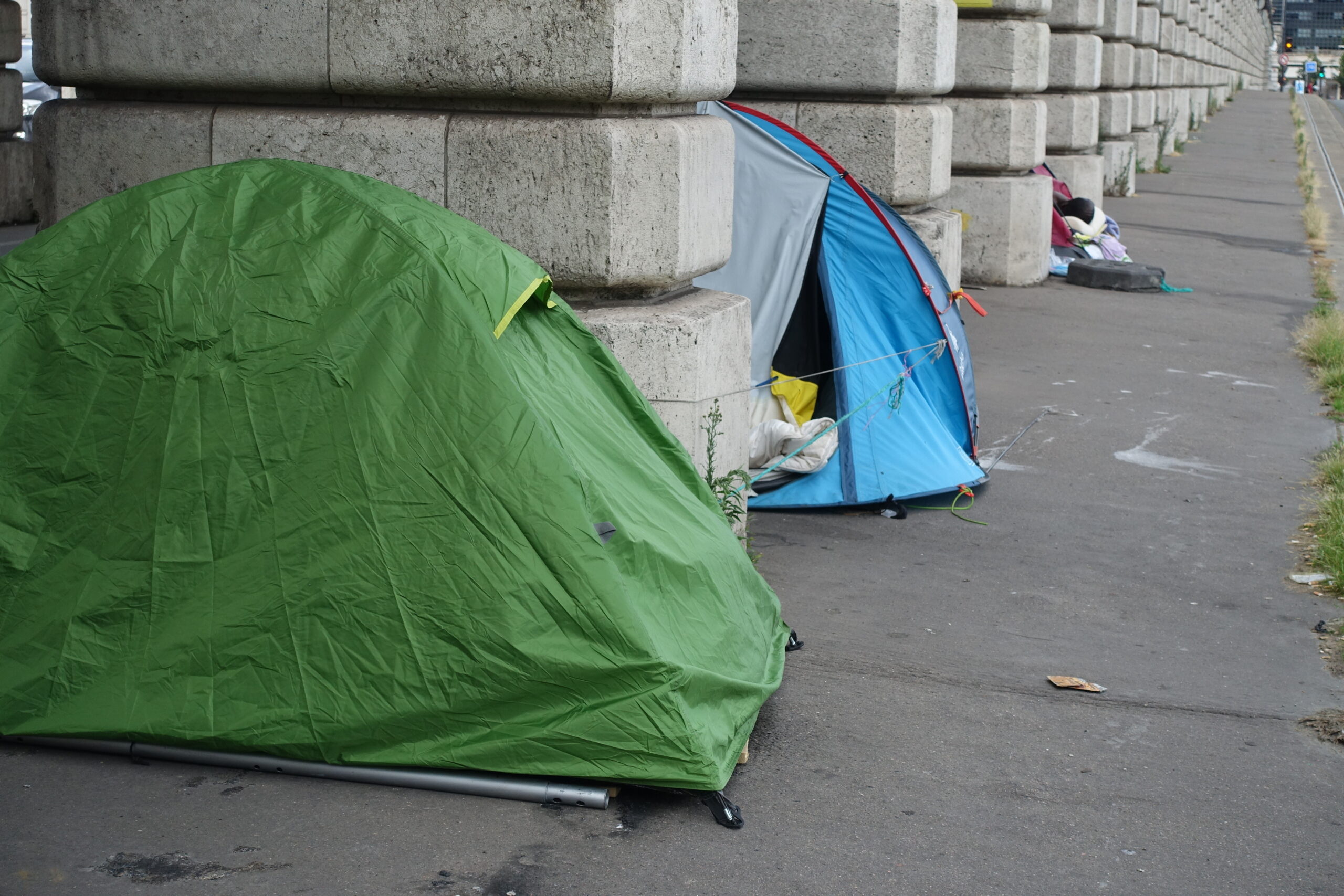Universities have long been heralded as the most reliable pathway to economic mobility, offering students the opportunity to improve their futures through education. Many institutions have built recruitment and enrollment pathways specifically to expand outreach to “the underserved third” to “close the achievement gap.” This is especially true after the landmark Students for Fair Admissions Supreme Court ruling, which has pushed many universities to explore socioeconomic diversity as a means of maintaining campus inclusivity. However, as housing prices in the U.S. continue to rise, particularly around universities, this noble effort can inadvertently trap students in a precarious position of housing insecurity.
A Growing Crisis
The rise in housing costs has created significant challenges for students from lower socioeconomic backgrounds, who often find themselves unable to afford the very living arrangements that enable their educational journey. Students may receive sufficient financial aid for tuition and books, but this support can fail to cover housing costs, leaving them in a state of housing insecurity or worse, homelessness.
Many universities are located in vibrant, in-demand areas where housing is a premium commodity. Communities surrounding universities are often attractive to residents and businesses, driving up the cost of housing, which adds more pressure on students seeking affordable places to live. Increasingly this housing crunch is felt by university staff as well, as continued faculty hiring, increased staffing demands of the institution and growing medical systems put further strain on housing supply. This rising demand combined with the limited affordable options exacerbates the problem.
The Impact of NIMBYism
Despite universities’ contributions to their local economies, their attempts to build affordable student housing or expand housing capacity can face resistance. Local communities, driven by “Not In My Back Yard” (NIMBY) sentiments, frequently oppose university-led projects, fearing changes to neighborhood character, congestion, or increased demand for local resources. Unfortunately, this resistance prevents universities from taking the necessary steps to alleviate housing insecurity among students.
The Human Toll of Housing Insecurity
For students, the stakes of this housing crisis are high. Housing insecurity disrupts their ability to focus on academic responsibilities and increases the risk of mental health challenges. When students have to worry about where they will sleep, their mental well-being and academic success suffer, perpetuating a vicious cycle that undercuts the very promise of higher education as a path to social mobility. Without stable housing, students struggle to keep up with coursework, leading to a higher risk of dropout—directly contradicting the goal of universities to promote economic advancement.
Moreover, students facing homelessness often feel isolated and alienated from their communities. As they struggle to find stable housing, they may not endear themselves to local residents, which deepens the divide between universities and surrounding communities, further feeding NIMBY opposition.
Housing Support as a Necessity
To truly serve a diverse student body and maintain their commitment to socioeconomic diversity, universities must extend support beyond financial aid for tuition. They need to expand affordable housing options and work actively with local communities to create sustainable housing solutions. As Higher Ed Dive reported, “The University of Virginia, for instance, has dedicated two underutilized plots of land its foundation owns to affordable housing, leasing the land to developers to build housing units.” Similar investments should be made to alleviate housing insecurity.
Institutions can also explore partnerships with local governments and organizations to provide housing assistance, following models of community engagement that have worked in other areas of student support. For instance, by offering scholarships that specifically cover living expenses or working with nearby landlords to secure affordable rentals, universities can reduce the risk of students dropping out due to financial stress.
A Call for Systems Thinking
As universities seek to serve more students from underrepresented socioeconomic groups, addressing housing insecurity is paramount. Active outreach and recruitment are only half of the equation; thinking holistically and supporting these students through their entire college experience—ensuring they have stable housing, mental health support, and access to essential services—completes the mission of economic mobility.
By taking steps to tackle housing insecurity, universities can fulfill their mission to educate and advance our populace, while promoting economic mobility and fostering stronger, more supportive relationships with the communities that surround them. The future success of higher education depends on these efforts.
